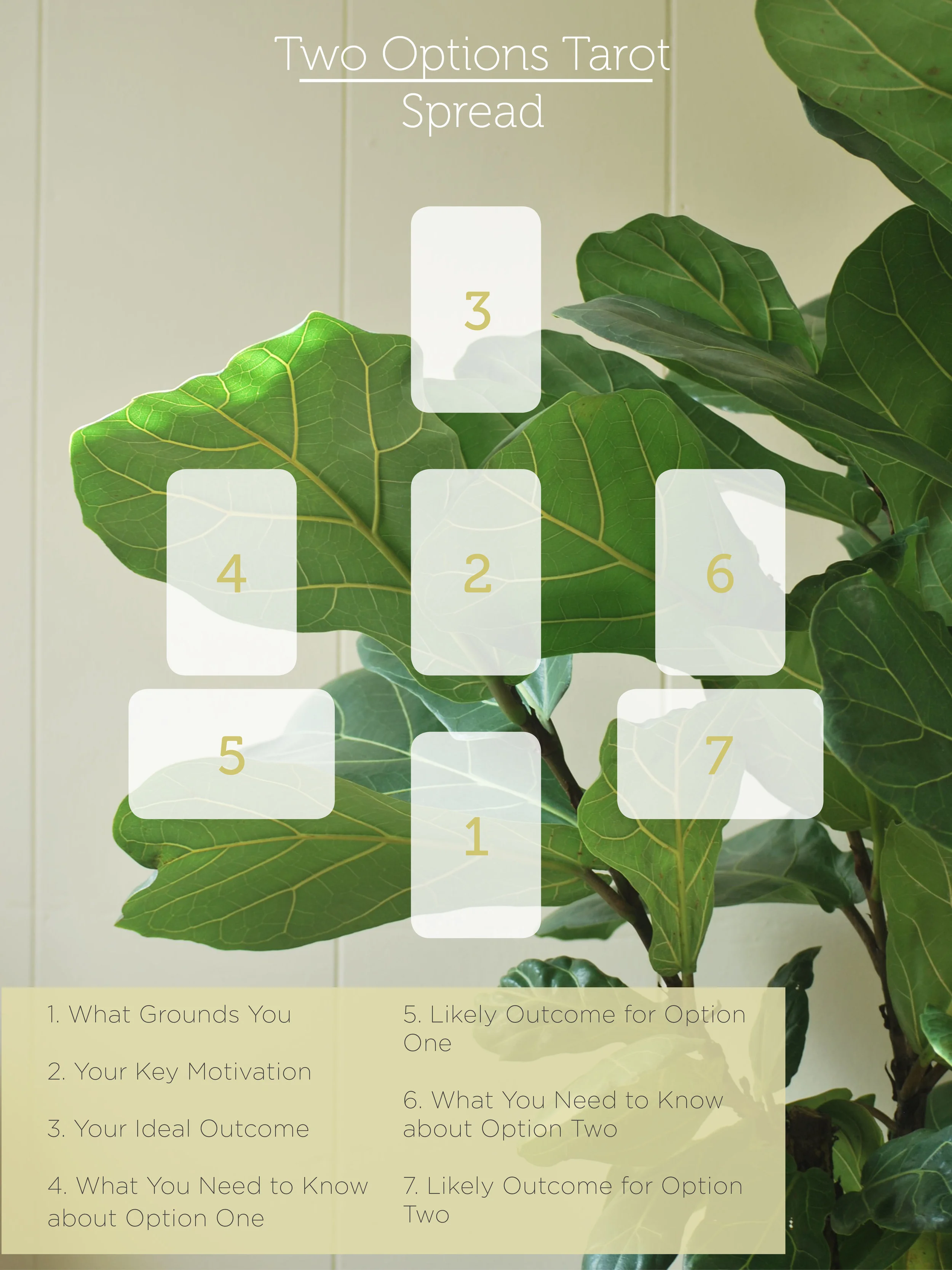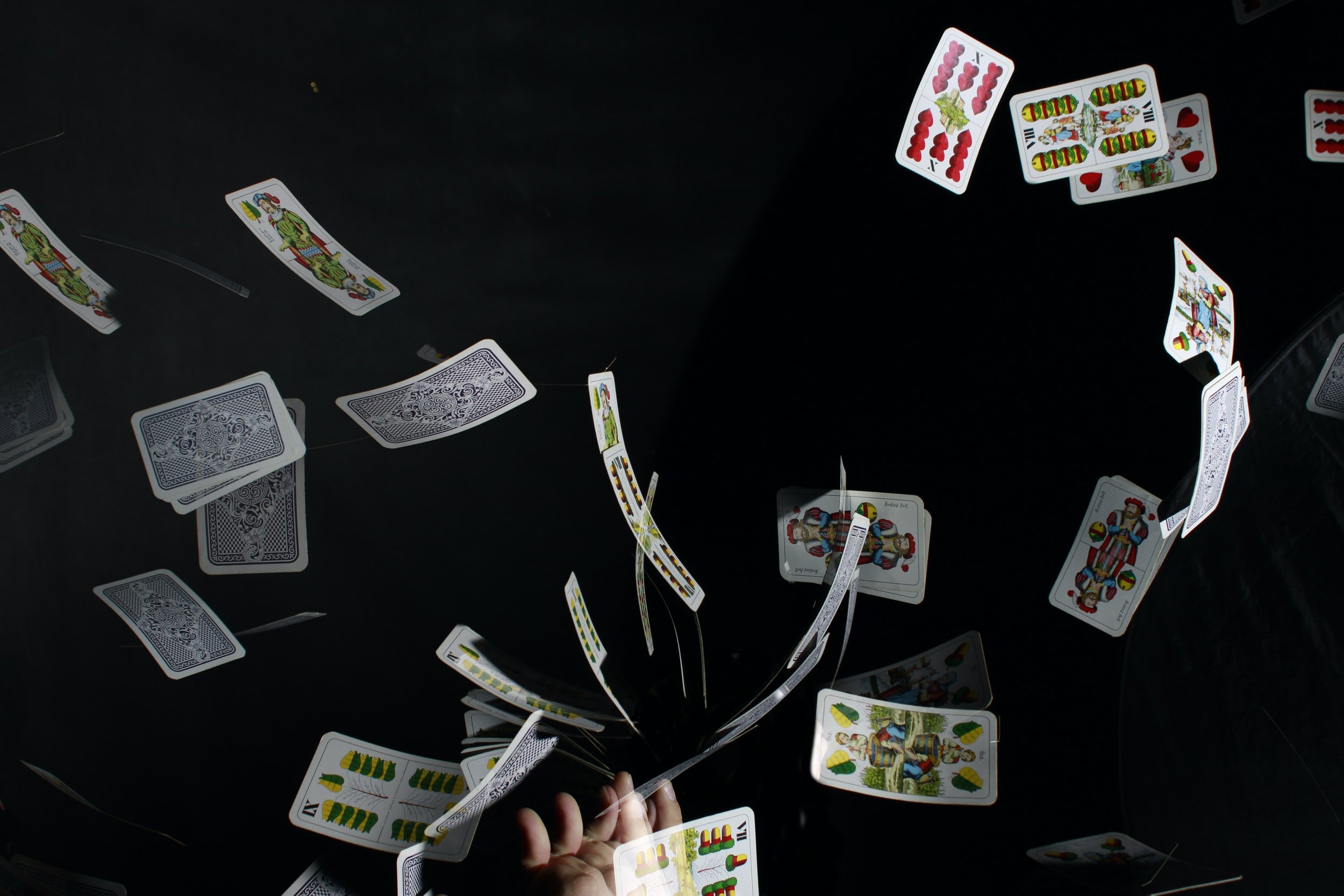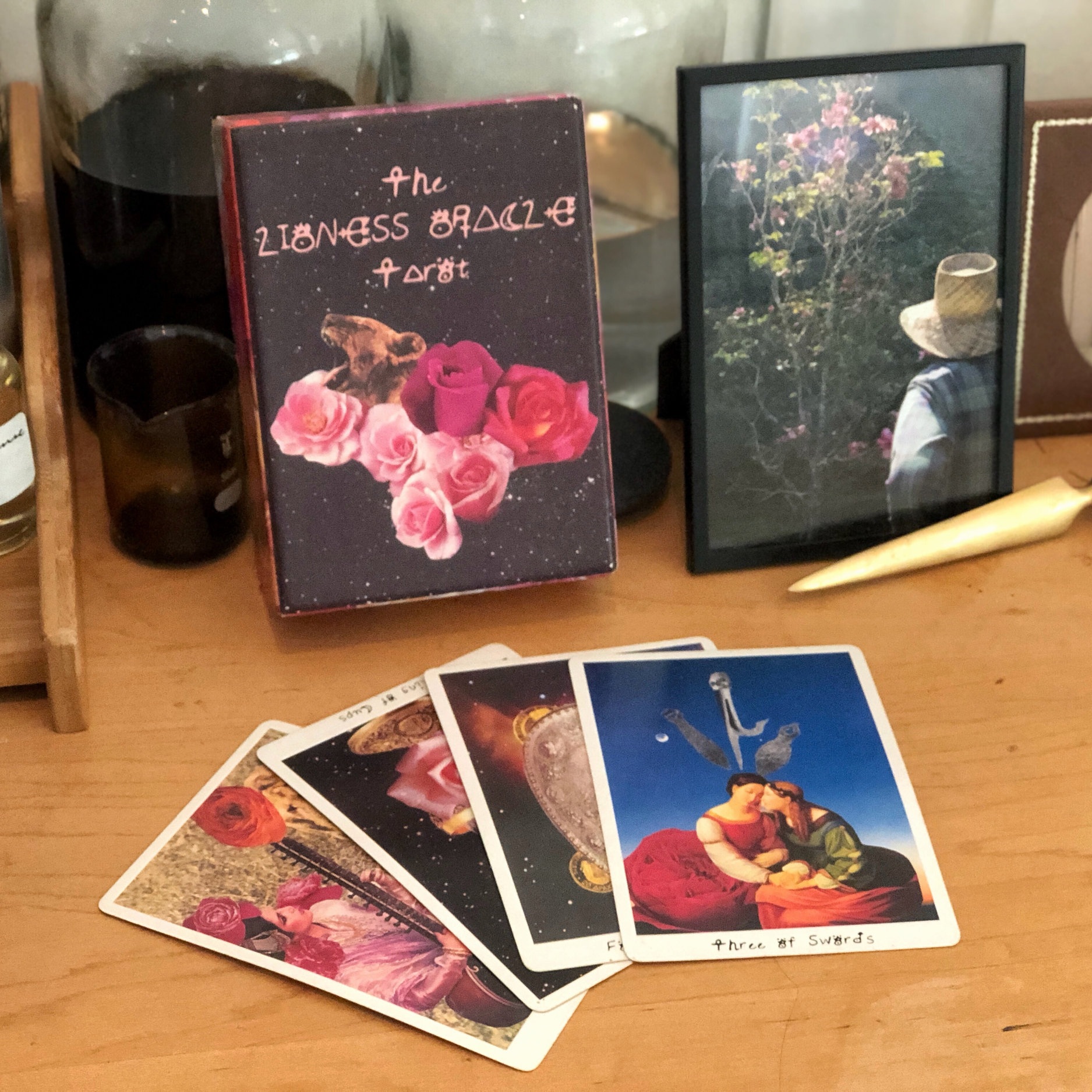Introducing: Tarot Spreads
I like to be footloose and fancy-free with my tarot readings, but sometimes a custom-made spread is just what I need to really hone in on a question.
Sure, old faithfuls like a 3 card past-present-future spread or a more comprehensive celtic cross reveal plenty of information, but nothing beats a more specific-spread to cover all the issues on my mind.
What better way than to devise a layout of cards that directly refer to what you want to learn?
Concocting these is especially satisfying, and I like to test them out, tweaking a position here and there until they're just right.
Well, now I'll be sharing my favorite, time-tested spreads on my website in the creatively named "Tarot Spreads" section under my collection of free resources.
Jump on over to see the first in the series, my trusty Two Options tarot spread. I like to use this one when I'm faced with a choice between two equally alluring possibilities. In this spread you'll find cards to help ground your choice - what you're really looking for when you make your decision - as well as information and outcome cards for each option.
And of course stay tuned for more spreads in the days to come!
Journaling is a wonderful practice to explore your inner world, and it’s no wonder then that it dovetails wonderfully with tarot. I’ve used the cards to enhance and guide my journaling practice for years, and I thought it would be helpful to outline some ways that you can do the same. As with all things tarot, take what resonates and leave the rest, and don’t forget to innovate! So, without further ado:
Ah, tarot spreads. You’ve seen them in tarot books, the little handouts accompanying your decks, and all over the internet. Maybe you even spend hours searching for just the right one, a tarot version of spending two hours at a blockbuster trying to find a movie to rent (yes, I just dated myself!) But why search far and wide when you can make your own? In my personal practice I mainly create my own spreads (you can find some of them here). Why? Because oftentimes I want a pointed look at a specific question, I enjoy tailoring a spread to whatever’s on my mind/what I need, and I hate pointless googling.
Tips for reading for yourself during times of stress, overwhelm, and difficulty. Learn how to set the stage for effective and healing readings that ground and inspire rather than confuse or upset.
I may be dating myself with this metaphor, but so be it! Back in the olden times we had these nifty contraptions called rolodexes. An unfurled binder of cards arranged by alphabet, you’d write people’s contact information - phone number, address, etc. - on a card. Sitting by your rotary landline phone you could flip through the rolodex, find the number of the person you wanted to dial, and spin away.
Rolodexes have gone by the wayside (so much so, that I couldn’t find a stock image of one - hence the book above) but they’e a useful framework when it comes to tarot meanings. Let me explain.
The initial steps to learning tarot are obvious. First, what on earth are these cards all about? Second, what do they all mean?
Since there are 78 cards to go through, this stage can take some time. But what about that next phase, when you’ve gotten a handle on the cards themselves and are starting to become fluent in tying them together? How can you tell when you’re starting to master tarot?
So you’ve been studying the cards and understand the different groupings and meanings, but when you do a reading and look at the whole spread it’s all a jumble. What next?
Creating a coherent reading out of a tangle of tarot cards is a big challenge. This is where the artistry and magic of tarot becomes obvious. Of all the ways you could go, which one to choose?
I like to tell people that even when you’re not reading tarot, you’re doing tarot.
We’re talking about a system that’s meant to reflect the human experience, aren’t we? Tarot, as it turns out, is all around us, from the biggest struggles and themes to the most quotidian routines.
“But don’t you also have to be gifted your first deck?”
I don’t think any tarot myth gets me more worked up than this one. So it’s probably no surprise that I also love buying used and secondhand tarot decks for my collection. After all, tarot is simply a selection of images printed on cardstock. It’s what we do with them that makes them magical.
It’s the new moon in Aquarius and I’ve just launched the first episode of my new podcast , Open Magic, with the amazing Bri of Tadpole Magic. Our first topic? Intention setting, particularly the ways we can harness intentions to invite in the change and growth we need.











It’s so easy to get serious when reading tarot. With cards like The Tower, The Hermit, and the Ten of Swords, who could blame you for painting sweeping pictures, waxing poetic about existential dilemmas, and focusing on the mythic in the mundane? I’ve noticed, however, that sticking to these areas when reading can lead to burnout, not to mention a limited understanding of the cards. If everything is epic, how can you go to the cards to understand smaller issues like daily decisions, exciting and low-stakes choices, or even open-ended explorations of themes?